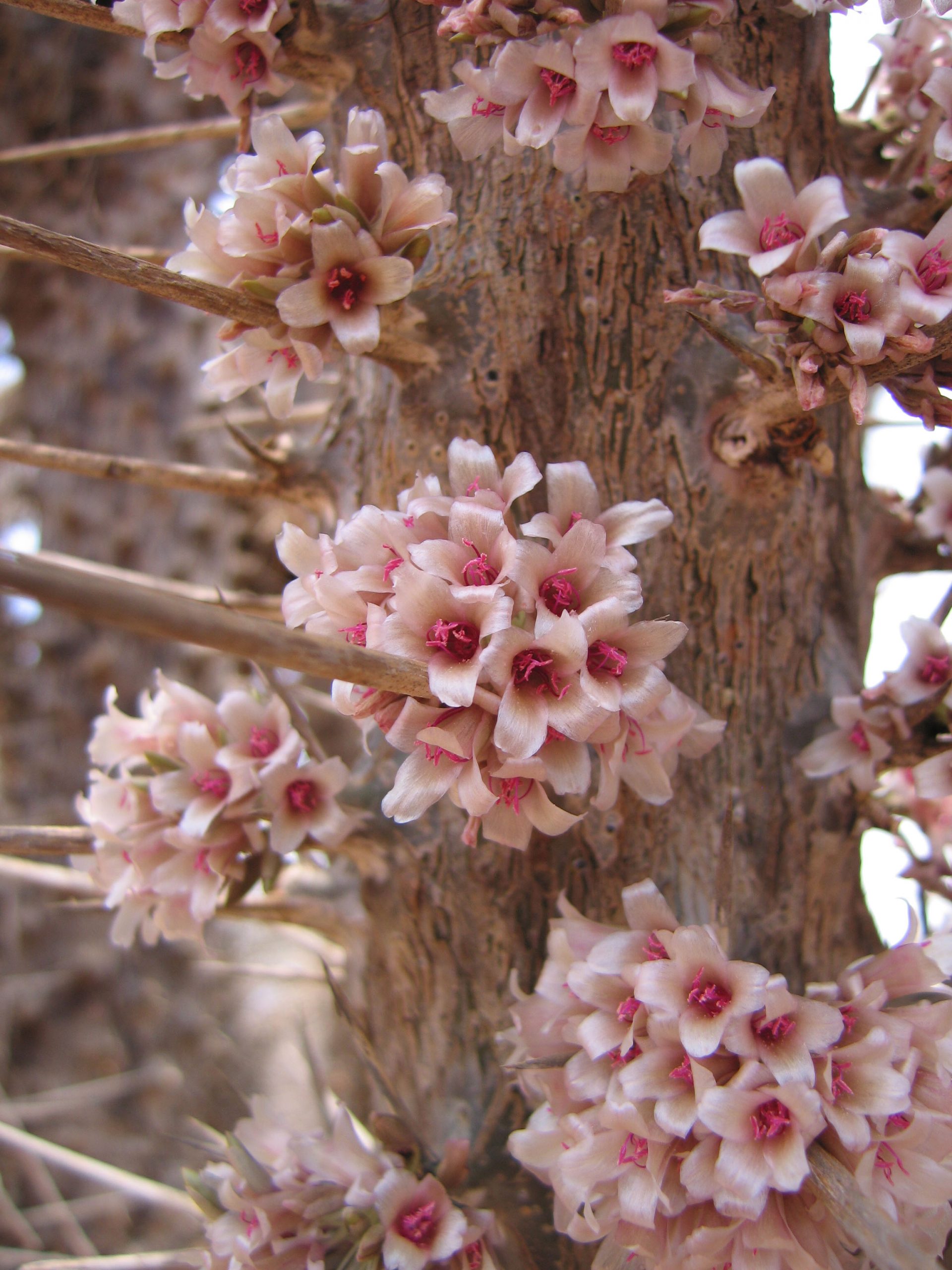Collaborative project reveals high threat for Malagasy dry forest trees
-
Country
Madagascar -
Region
Africa -
Topic
Conservation Prioritisation -
Type
News -
Source
BGCI
The dry forest, concentrated in the west and the south of the island, is one of Madagascar’s unique ecosystems and covers over 20% of the country. Exploitation and human pressure on the dry forest has increased over the last 50 years, with clearing of land for mining, conversion to plantations, exploitation for timber and slash-and-burn agriculture, the effects of which have been quantified on a species level for the first time.
Red List of the Dry Forest Trees of Madagascar
-
Red List of the Dry Forest Trees of Madagascar
Tree Conservation, Conservation Prioritisation / Publication / English
The Red List report is the culmination of a collaborative project, funded by the Critical Ecosystem Partnership Fund, to assess the conservation status of dry forest trees of Madagascar. BGCI worked with IUCN Species Survival Commission Madagascar Plant Specialist Group, Global Tree Specialist Group, Kew Madagascar Conservation Centre, Missouri Botanical Garden Madagascar Program and the University of Antananarivo (Plant Biology and Ecology Department).
All of the 982 dry forest tree species of Madagascar were assessed using the IUCN Categories and Criteria. Of these, 578 (59%) are threatened with extinction (Critically Endangered, Endangered, Vulnerable). In addition, 90% percent of Malagasy dry forest trees (884 species) are experiencing a decreasing population trend. The major threats to dry forest trees in Madagascar were found to be logging and wood harvesting, the increased occurrence of fire and the development of agriculture. All these major threats lead to destruction of the dry forest habitat and ultimately its conversion to a less biodiverse landscape. It is clear from both the threats and the uses that local communities depend on the forests as an economic and livelihood resource that needs protection for social-economic as well as environmental reasons.
The ex situ survey using BGCI’s PlantSearch database found 40% (391 species) are found in ex situ collections. More is needed to protect the most threatened species as only 22% (77 species) of Critically Endangered and Endangered trees are found in ex situ collections.
More efforts are needed to protect the dry forest tree species of Madagascar from extinction. The report recommends efforts are made to increase in situ protections for these species, to protect this unique composition. Equally, ex situ collections of these species should be established to ensure a backup against extinction. Further research is needed to quantify the decline in many species, and monitoring recommended for others to ensure that the situation does not deteriorate. Action is critical to protect this distinctive habitat.

Madagascar is home to over 3,000 tree species, making it the tenth most tree diverse country in the world. Moreover, it has the highest percentage of endemic trees of anywhere in the world (>90%). During the two years of the Critical Ecosystem Partnership Fund project, over 1,500 assessments for trees across Madagascar’s ecosystems were compiled and submitted to IUCN. These assessments contribute to the Global Tree Assessment, a joint initiative between BGCI and the GTSG to assess the conservation status of the world’s tree by 2020. The remaining unassessed tree species of Madagascar will be completed in 2020, giving us the full picture of the status of the trees of Madagascar. The Red List of the Trees of Madagascar will be released as a report later in 2020.
Become a Member
Be part of the largest network of botanic gardens and plant conservation experts in the world by joining BGCI today!
Support BGCI
You can support our plant conservation efforts by sponsoring membership for small botanic gardens, contributing to the Global Botanic Garden Fund, and more!